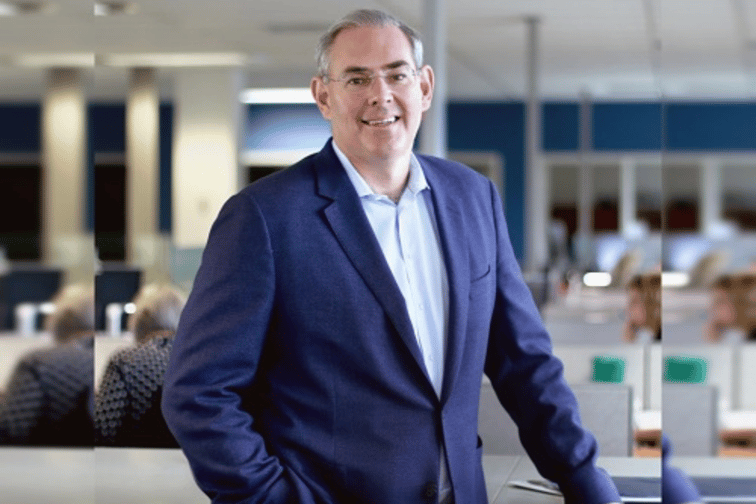

The commercial insurance marketplace in Canada will likely be firming to hard for the next couple of years, according to Rowan Saunders (pictured), president and CEO of Economical Insurance. Speaking in the IBAO’s annual CEO panel, Saunders described a confluence of events that are driving the inflationary pricing of commercial insurance products.
Despite the urge to blame all financial challenges on the COVID-19 pandemic, the rate momentum, coverage reduction and capacity restriction creeping into commercial insurance is not a new trend. In fact, it’s widely agreed that the market has been heading this way for multiple years; the coronavirus pandemic has only exacerbated economic trends that were already well underway.
“Pre-COVID, the commercial marketplace was already challenged,” said Saunders. “We had years of inadequate pricing, we’ve seen an increase in natural catastrophe events, and we were starting to see the impact of lower interest rates. There were already some really stressed and problem segments […] and then COVID came with another whole set of challenges.”
The pandemic has caused a huge tide of disruption to the global economy. As a result, jurisdictions around the world have injected what Saunders described as “unprecedented amounts of fiscal stimulus.” For example, the Canadian government has already invested over $400 billion in economic relief measures, and that’s with no end yet in sight for the health crisis.
There’s also been a coordination of central banks around the world providing accommodative monetary policy, which is leading to very low interest rates. That has been problematic for insurance companies, who typically make returns on underwriting and investment income.
“One example I like to give is: five-years-ago, you could buy a bond that was paying 4-5% interest, and when it renewed, that [interest would roll over] … but now, you’re getting just over 0% interest. So, the subsidy that came from investment income is no longer there,” Saunders commented. “I think that’s a big driver [behind some of the inflationary pricing]. It’s also something that will keep the insurance market firmer, as we have to adjust our pricing models for that.”
“Moving forward, we will likely see more distressed segments, and there’s the potential for more bankruptcies. All of that is driving different underwriting capabilities,” Saunders added. “At Economical, we have [executed] our profitability improvement plan, and I’m really glad we have. It’s difficult to do, but we can now be more stable than we would have been otherwise. But not everybody’s in that same position. And so, you will see a change in appetite of capacity, and you will see people either wanting to get to rate adequacy quickly, or otherwise exiting certain lines of business.”
This confluence of factors makes for a “very difficult commercial marketplace” over the next couple of years, according to Saunders. He concluded: “Collectively, we’ve got to think about how we bring stability and capacity and some of those considerations to the marketplace. But there’s no doubt in my mind that we’re into a firm/hard market environment for at least the next couple of years.”
